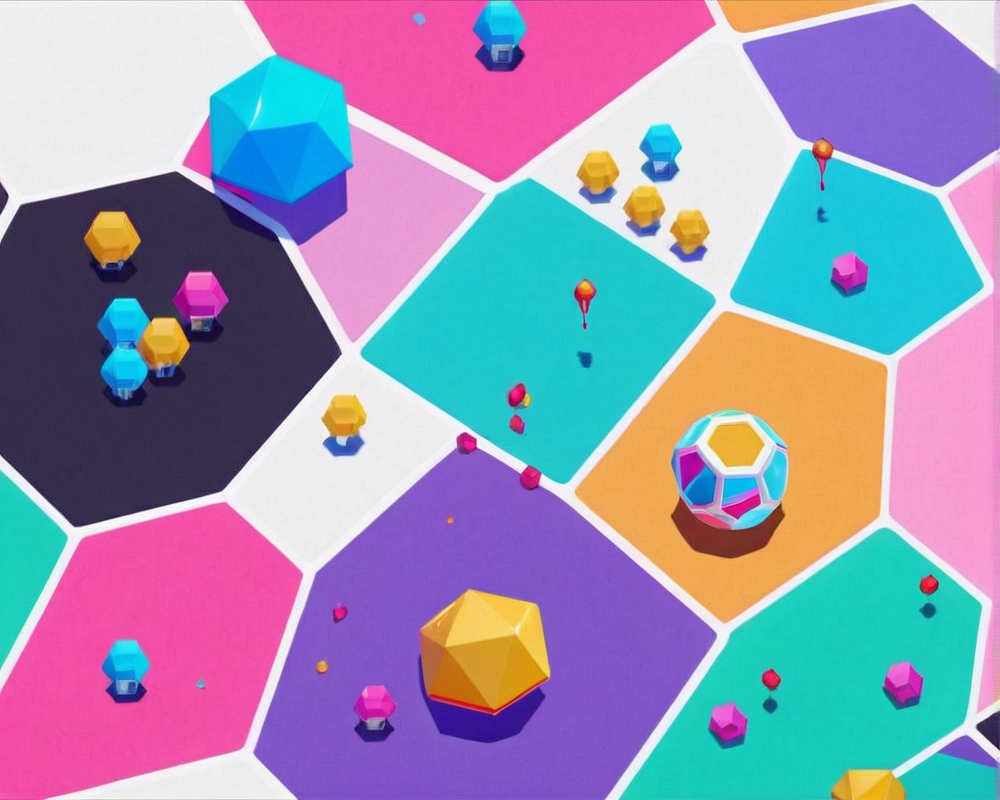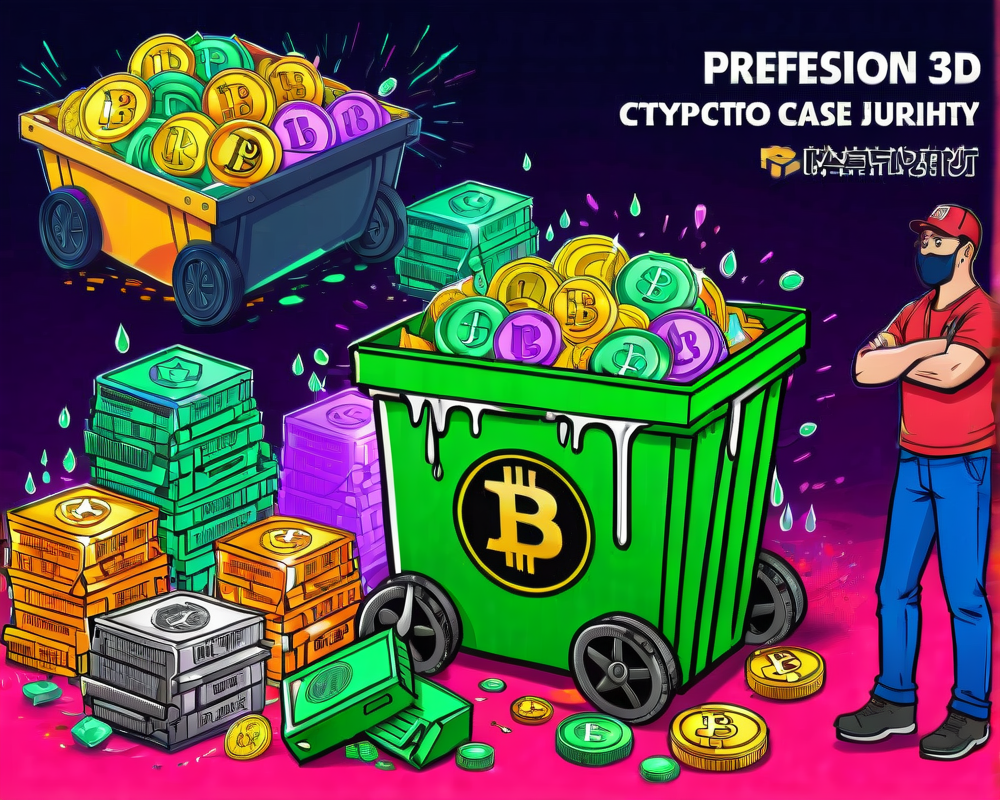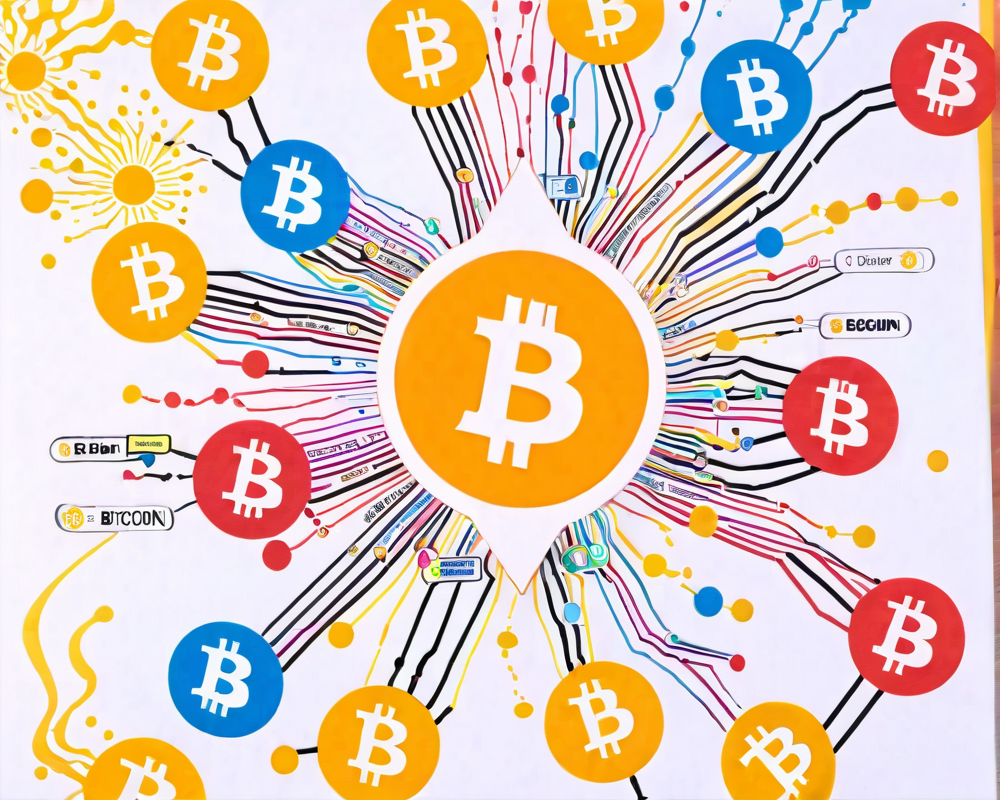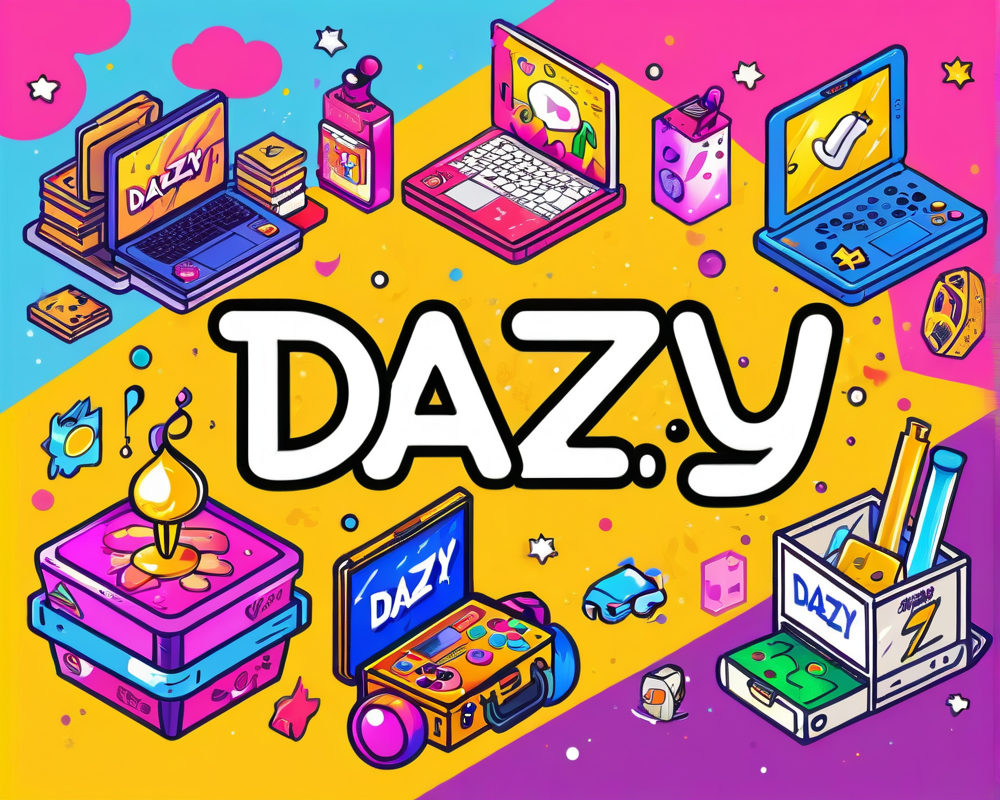The Migration Journey to Polygon
In a recent announcement that sent ripples through the gaming and blockchain communities, Ethereum’s layer-2 scaling champion, Polygon, partnered with Xternity, a pioneering Web3 gaming development platform. The cause of this excitement? The migration of the multiplayer Web3 game, Synergy Land, from Solana to Polygon. Buckle up, folks, as we dive into what makes this migration a significant milestone!
Why Polygon, Why Now?
While Solana has focused its efforts on boosting scalability and reducing costs, it’s Polygon’s integration with the Ethereum ecosystem that makes it a more attractive option for many developers. Polygon enables smoother interactions and opens doors to a more extensive user base. Co-founder and CEO of Xternity, Sagi Maman, emphasized this transition, stating that both players and developers should choose their blockchain playground.
Xternity’s Role in Migration
Xternity didn’t just wave a magic wand for this migration. Their network migration tool is the engine behind transferring Synergy Land’s resources to the Ethereum Virtual Machine (EVM) chain. For gamers, that means less hassle. Simply link a Solana-compatible wallet like Phantom or MetaMask, burn assets on Solana, and watch them reappear like magic on Polygon! Talk about a game-changer!
Bridging Web2 to Web3
With the migration to Polygon, Synergy Land aims to strike a balance between solidifying its community on Solana while welcoming Web2 users into the compelling world of Web3. The transition is designed to ensure no player is left behind, as they can seamlessly transfer assets without losing their hard-earned progress. A bit of wizardry if you ask me!
Polygon’s Upcoming Hard Fork: What You Need to Know
On the tech side of things, Polygon is gearing up for a significant hard fork scheduled for January 17. What’s the scoop? This upgrade—backed by 87% of Polygon’s governance voters—aims to tackle annoying gas fee spikes and fix pesky chain reorganization issues. According to a Polygon spokesperson, validators must update their nodes before the set block to ensure a smooth transition. Remember, no centralized wizardry here; it’s all in the hands of the validators!




